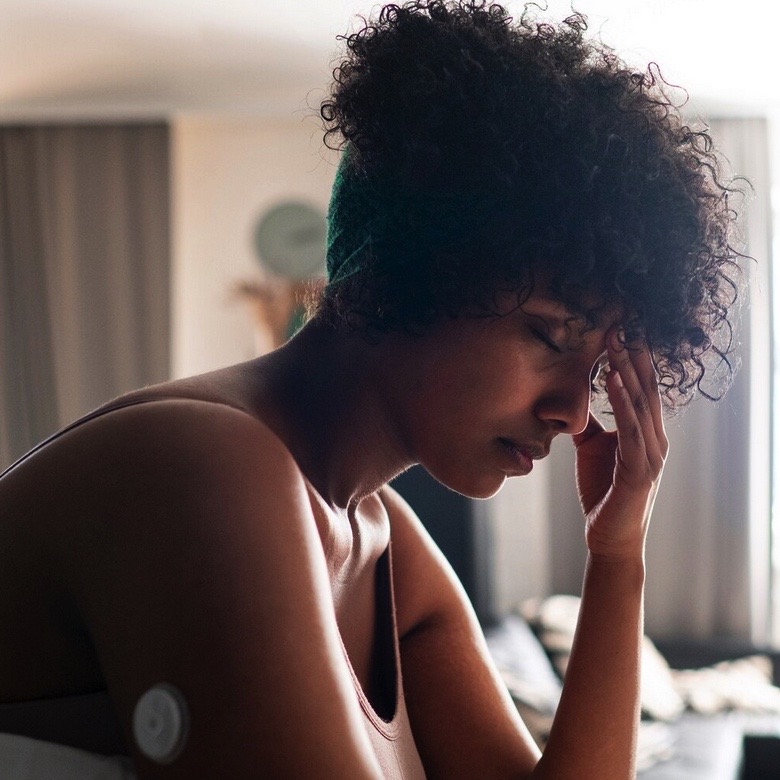Non-pharmacological interventions and coping mechanisms during dysmenorrhea among female undergraduates in a tertiary institution in Nigeria

All claims expressed in this article are solely those of the authors and do not necessarily represent those of their affiliated organizations, or those of the publisher, the editors and the reviewers. Any product that may be evaluated in this article or claim that may be made by its manufacturer is not guaranteed or endorsed by the publisher.
Authors
Dysmenorrhea can be a burden on individuals and families. Investigating dysmenorrhea has become important to further our understanding of this issue and to research the measures that have been effective in managing it in other populations. Hence, the study aimed to investigate non-pharmacological interventions and coping mechanisms for painful menstruation among female undergraduates. The survey was carried out among 358 female students, and data was obtained with a researcher-structured questionnaire from a sample size of 208 derived using multistage sampling. A descriptive method of analysis was used to analyze the responses. Results revealed a high incidence of dysmenorrhea since 175 (89.7%) respondents experienced dysmenorrhea. Data revealed that nonpharmacological measures and home remedies for self-care, such as exercise, heat therapy, and herbal remedies, were prevalent among respondents. However, some respondents consult friends, families, and doctors for help. In conclusion, pharmaceutical and non-pharmaceutical interventions were common, and some young women opted to normalize pain and were not utilizing the most effective alternatives for managing menstrual pain.
How to Cite

This work is licensed under a Creative Commons Attribution-NonCommercial 4.0 International License.
PAGEPress has chosen to apply the Creative Commons Attribution NonCommercial 4.0 International License (CC BY-NC 4.0) to all manuscripts to be published.






